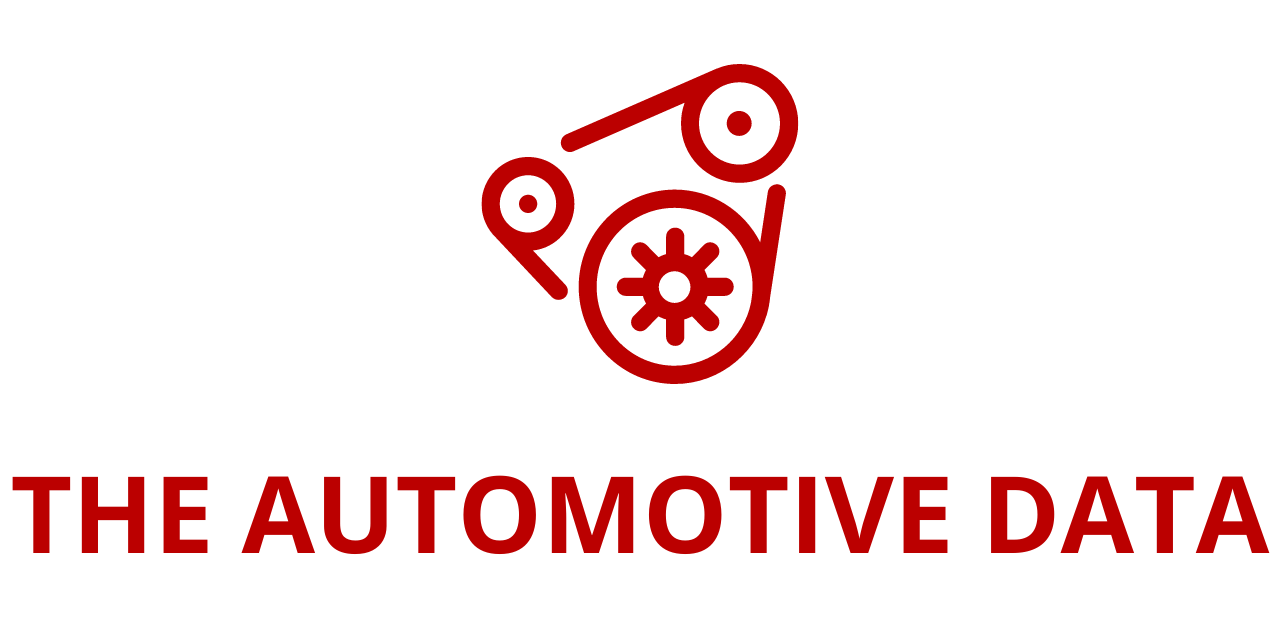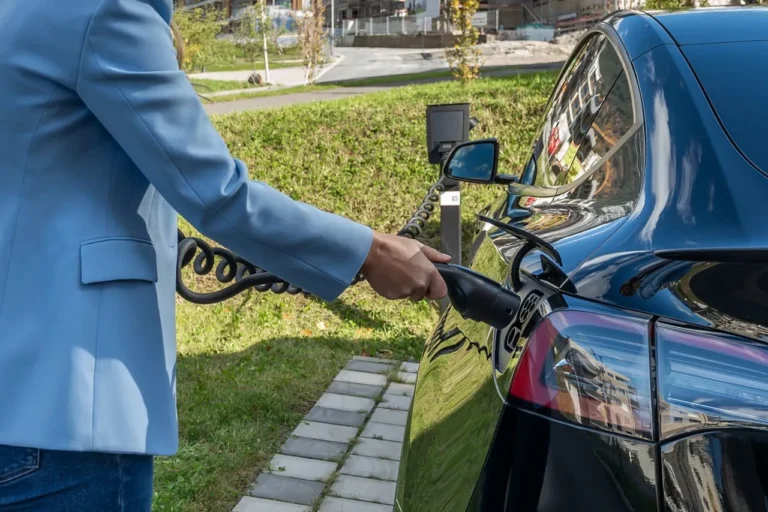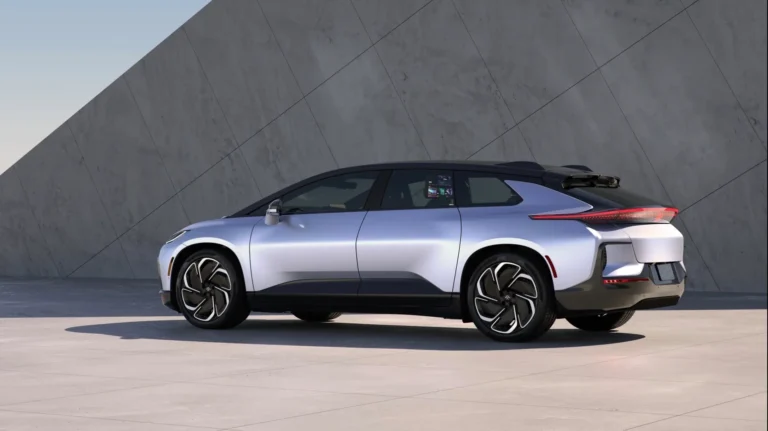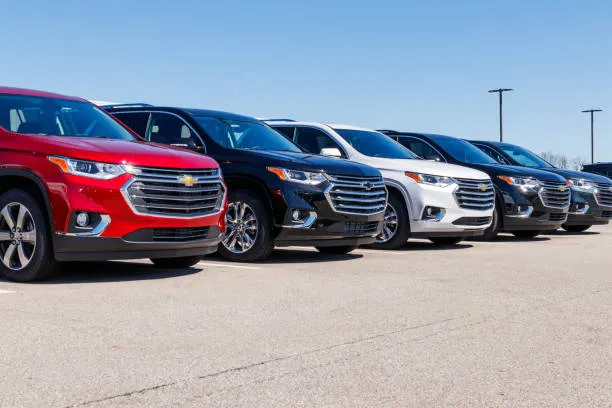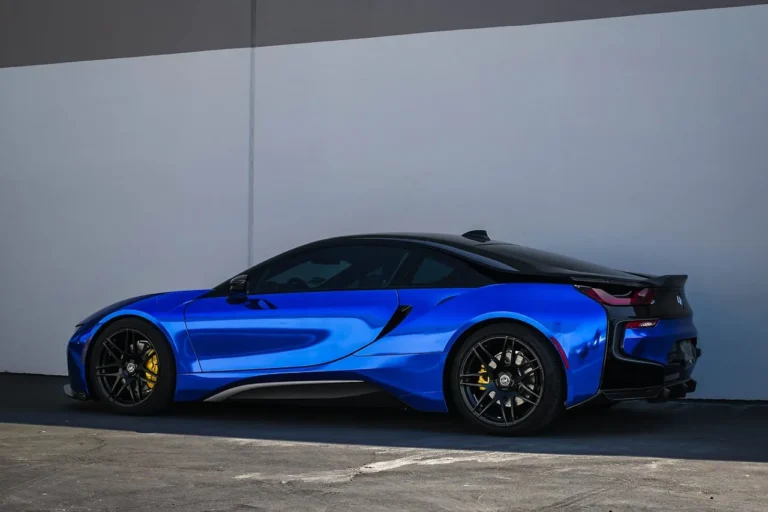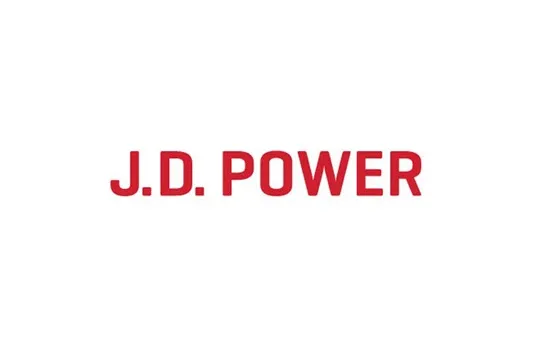
As EV App Usage Soars, Owners Demand Faster, More Reliable Performance, Says J.D. Power
As electric vehicles (EVs) gain traction in the mainstream automotive market, mobile apps have evolved into a vital component of the overall ownership experience. Whether it’s unlocking the doors, scheduling a charge, monitoring battery health, or pre-conditioning the cabin, EV apps are no longer considered optional extras—they’re expected tools that drivers rely on daily. According to the newly released J.D. Power 2025 U.S. OEM EV App ReportSM, EV app usage has reached record levels. Yet, despite higher engagement, satisfaction is still lagging due to persistent connectivity issues, slow response times, and inconsistent feature performance.
“EV owners are telling us exactly what they want—dependable performance and seamless connectivity that allows them to interact effortlessly with their vehicles,” said Violet Allmandinger, mobile apps lead at J.D. Power. “The best apps are delivering fast and reliable controls along with the right set of features. But the rest of the field still has ground to cover.”
A Sharp Rise in App Dependence, Especially Among Non-Tesla Drivers
The report reveals that more EV owners are integrating their vehicle’s mobile app into their driving routine. Among non-Tesla EV owners, daily app usage has nearly doubled, rising from 17% in 2024 to 32% in 2025. Tesla drivers, long known for their strong digital engagement, also increased daily app use, with 79% now using the Tesla app on every trip, up from 69% a year ago.
These rising figures indicate how dependent EV owners have become on apps for day-to-day tasks such as battery charge monitoring, locating charging stations, trip planning, and remote vehicle management. But as usage grows, so do expectations—and many automakers are struggling to meet them.
Speed Is King—and Tesla Leads the Pack
One of the most critical factors driving user satisfaction is app speed. The report highlights that 46% of EV app users consider a delay of 3–5 seconds to be the maximum acceptable wait time for remote commands to execute, while 40% of Tesla owners expect a nearly instant response within just 1–2 seconds.
This emphasis on speed plays directly into satisfaction metrics. Tesla app users, who consistently experience faster response times, report significantly higher satisfaction. On a 10-point scale, Tesla drivers rate app speed at 8.3, compared to 7.4 for non-Tesla users. Overall satisfaction scores show a similar divide: Tesla app users rate their experience at 7.9, while non-Tesla app users trail behind at just 5.5.
The relatively small gap between expectations and satisfaction for Tesla users suggests that the company has managed to align its app’s performance with its customers’ demands—a notable competitive advantage in a landscape where digital integration is fast becoming a differentiator.
Connectivity Issues Continue to Undermine the User Experience
Despite some year-over-year improvements, connectivity problems remain a major frustration, especially for non-Tesla users. In 2025, 37% of non-Tesla app users reported experiencing issues such as lost connections or delayed updates, only a marginal improvement from 40% in 2024.
Tesla, on the other hand, has made significant strides in reducing such complaints. Only 19% of Tesla drivers reported connectivity problems this year, down sharply from 35% last year. The contrast underscores the importance of app infrastructure, regular software updates, and real-time communication to address technical glitches.
“Connectivity isn’t just about keeping the app open—it’s about enabling the car to communicate quickly and reliably with the driver,” Allmandinger explained. “Automakers that invest in backend performance and ongoing optimization see a direct payoff in customer satisfaction.”
Interest in Advanced Features Is High, but Actual Usage Remains Low
The report also reveals a disconnect between the features EV drivers say they want and the ones they actually use. More than 70% of EV app users expressed interest in advanced functions such as scheduled charging, public charging payments, and trip planning with integrated charging stops. Yet, actual usage among non-Tesla owners remains low:
- 43% have never used their app to schedule a charge.
- 44% have never tried planning a trip with charging stops.
- 54% have never attempted to pay for a charging session through the app.
These gaps highlight potential shortcomings in either feature availability or user awareness. Whether it’s a lack of education, poor app design, or technical hurdles, automakers are missing key opportunities to deepen engagement and improve satisfaction by not fully activating the features customers say they want.
Desirability of EV App Features Continues to Evolve
Some features are seeing significant increases in consumer interest, pointing toward evolving priorities among EV owners. The most notable year-over-year gains in feature desirability include:
- Driver profile adjustment (e.g., valet or guest mode): +6.3 percentage points
- Remote window control: +3.7 percentage points
- Smartphone key access: +2.2 percentage points
- Vehicle camera access or security alerts: +1.7 percentage points
Meanwhile, core capabilities such as viewing vehicle status, initiating over-the-air updates, and accessing diagnostics or vehicle health checks remain universally desired, with more than 90% of users continuing to expect them.
App Performance Rankings: Tesla Still Dominates
Based on a 1,000-point scale, Tesla leads all brands with a score of 864, claiming the top spot in the premium EV app category. Mercedes-Benz follows with a score of 839, while BMW’s My BMW app ranks third with 833.
In the mass-market category, MyHyundai with Bluelink leads with a score of 820, followed by Kia Access (808) and MINI (797).
These rankings are derived from a standardized benchmarking process that evaluates more than 70 EV-specific app attributes aligned with over 350 best practices in mobile app development.
A Global Perspective on EV App Experience
Now in its fifth year, the J.D. Power U.S. OEM EV App Report has expanded beyond domestic automakers to include a global perspective. This year’s edition evaluates apps from the top 28 award-eligible EV brands in the United States, as well as 10 leading brands in China and eight in Europe—reflecting the increasingly international nature of the EV marketplace.
In total, the report is based on responses from 1,966 EV owners across the U.S., collected in March and April 2025. Survey topics include app usage habits, satisfaction metrics, feature desirability, and overall execution. The comprehensive methodology ensures the report serves as a key resource for automakers, developers, and stakeholders aiming to enhance the digital experience of EV ownership.
Final Takeaway
While EV app usage is climbing steadily, the report makes it clear that automakers need to do more to meet the rising expectations of their customers. Connectivity, speed, and reliability remain the primary pain points for non-Tesla users—areas where Tesla continues to outperform. For OEMs seeking to build long-term loyalty and satisfaction, improving app performance and increasing the usability of desired features is not just a technical challenge—it’s a strategic imperative.
